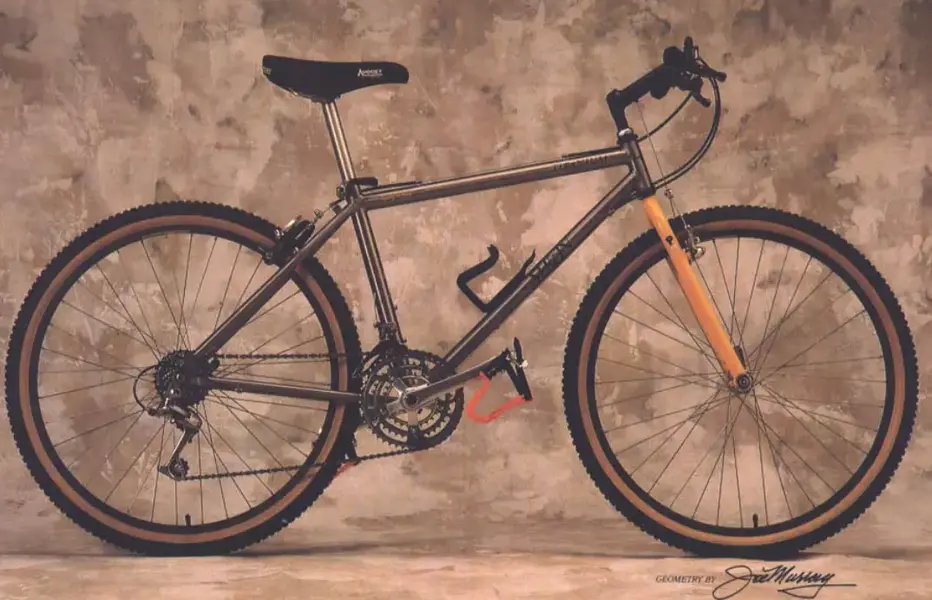TreaderSteve
Senior Retro Guru
I see Mercian appear to be able to do it for £95. What's the general consensus on fork construction? All the undersides of forks I can remember seeing look a bit knobbly as if the steerer is TIG'd in, rather than smooth as if they are brazed in and are then un-brazeable and the steerer can be replaced. I know not how steerers are fitted, obviously!
I've been looking for 1" forks for a 90-91 Merlin - I could nab some probably slightly earlier Project 2s from my brother but they're in all honesty maybe a bit spindly as the Merlin's a bit oversize. I may be wrong and I should bite his arm off and nab them?
There are some Orange F7s from one of my old broken Oranges in the shed which are very seksy, I don't mind they're British on an American bike, but the steerer's too short. Do I spend my ££ getting them chopped-about and is it even possible do you think? Anyone had it done? Anywhere that'll do it cheaper?!
I've been looking for 1" forks for a 90-91 Merlin - I could nab some probably slightly earlier Project 2s from my brother but they're in all honesty maybe a bit spindly as the Merlin's a bit oversize. I may be wrong and I should bite his arm off and nab them?
There are some Orange F7s from one of my old broken Oranges in the shed which are very seksy, I don't mind they're British on an American bike, but the steerer's too short. Do I spend my ££ getting them chopped-about and is it even possible do you think? Anyone had it done? Anywhere that'll do it cheaper?!
